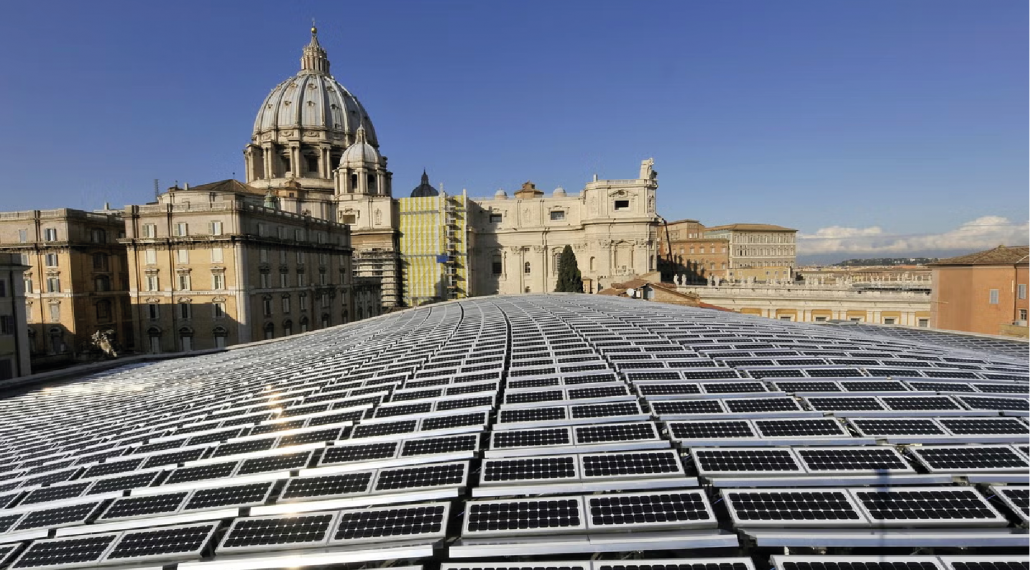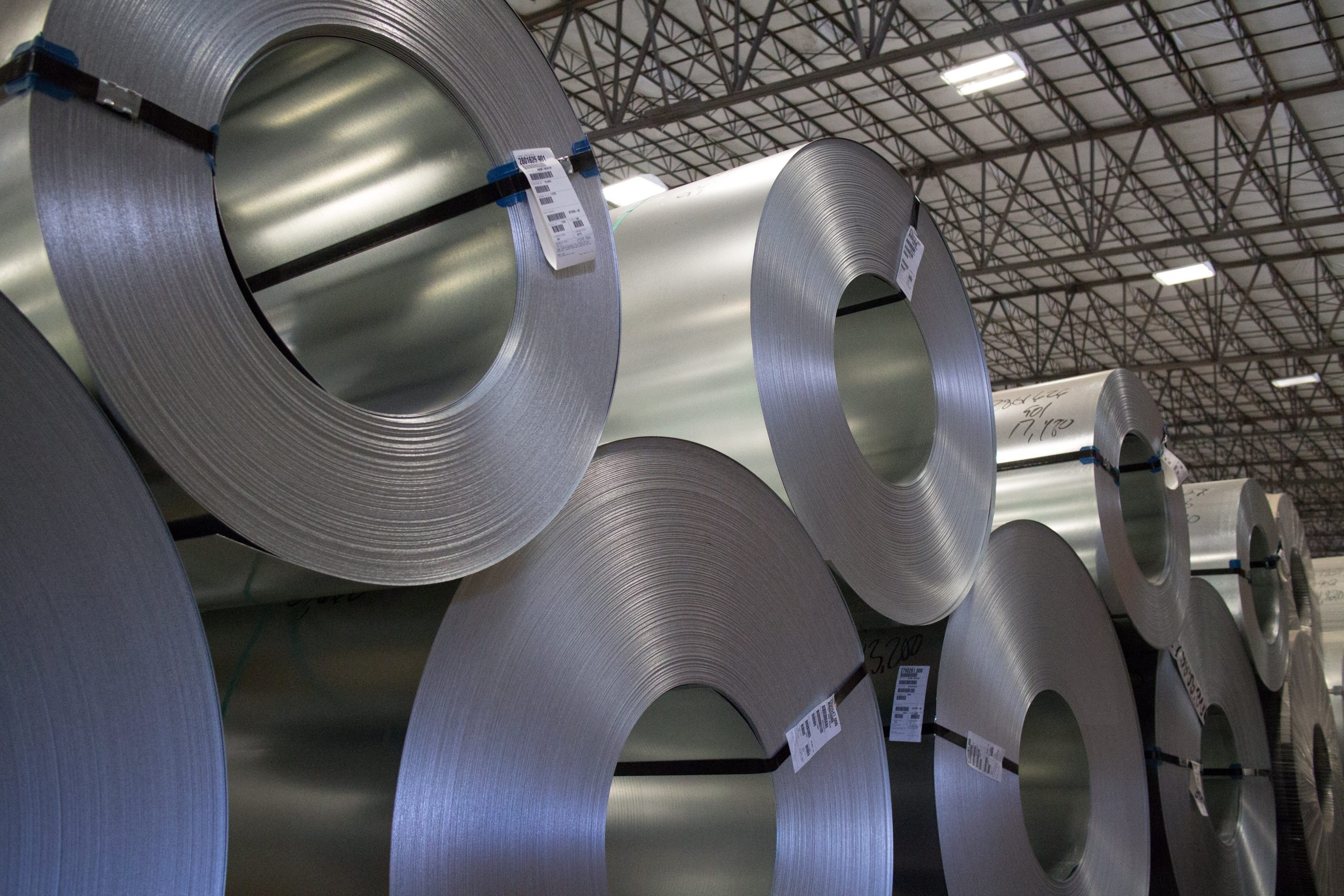
Article 6: A Climate Solution or a Loophole for Polluters?
At COP29, Article 6 of the Paris Agreement has become a major topic of debate. This provision establishes a global carbon trading system, allowing countries and corporations to offset their emissions by purchasing carbon credits. While intended to lower the cost of climate action, Article 6 has faced strong criticism for potentially enabling polluters to avoid real emission reductions. Critics argue that relying on offsets may delay the transition to sustainable energy and weaken efforts to cut emissions at the source.
Controversy Over Greenwashing and Human Rights Concerns
The rapid approval of carbon market rules at COP29 has triggered backlash from climate justice groups and Indigenous leaders. Many fear that the system could be used for greenwashing, allowing wealthier nations and corporations to continue high levels of emissions without meaningful reductions. Ilan Zugman from 350.org warned that carbon markets might increase global inequalities and infringe on the rights of vulnerable communities.
A key concern is the risk of land grabbing and displacement in countries where carbon offset projects are implemented. Experts like Isa Mulder from Carbon Market Watch highlight that some carbon credit projects, such as afforestation schemes, have proceeded without the consent of local populations. UN Secretary-General António Guterres has also called for safeguards to prevent carbon markets from exacerbating human rights violations and environmental degradation.
Potential Benefits and the Importance of Safeguards
Supporters of Article 6 argue that carbon trading offers a cost-effective way for nations to meet their climate goals. By financing projects such as reforestation and renewable energy in other countries, wealthier nations can offset their emissions while promoting global sustainability. Estimates suggest that carbon markets could reduce the cost of climate action by up to $250 billion annually.
However, the effectiveness of this system hinges on strict oversight and transparency. The UN and climate watchdogs stress the need for strong regulations to ensure that carbon credits genuinely contribute to emission reductions and that local communities are actively involved in decision-making.
Challenges and Opportunities in Carbon Market Implementation
As COP29 progresses, negotiators must refine key details of Article 6, including bilateral trading rules and the operation of a UN-regulated international carbon credit market. While these mechanisms could make climate action more affordable, concerns persist about their long-term impact on local communities and ecosystems.
David Nicholson, Chief Climate Officer at Mercy Corps, warned that if carbon markets prioritize trading over actual climate finance commitments, they could undermine the Paris Agreement’s goals. Similarly, Cacique Ninawa Huni Kui, leader of the Federation of Huni Kui People, described the approval of carbon markets as a “violation” of Indigenous rights, underscoring the ethical challenges associated with these mechanisms.
Conclusion: Balancing Efficiency and Equity in Climate Action
The debate over Article 6 highlights the tension between economic efficiency and climate justice. While carbon markets could play a role in reducing emissions at a lower cost, they also pose risks of perpetuating environmental and social inequalities. Moving forward, ensuring that carbon trading mechanisms uphold human rights and benefit all nations—particularly vulnerable communities—will be essential to achieving meaningful global climate progress.











Leave a Reply
You must be logged in to post a comment.